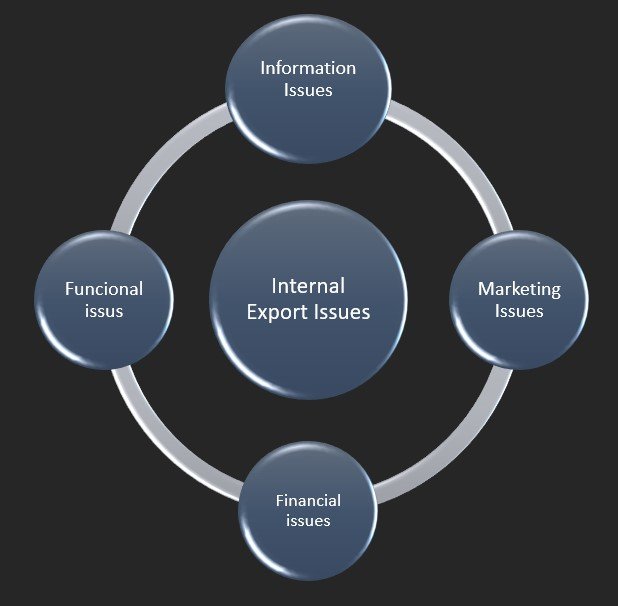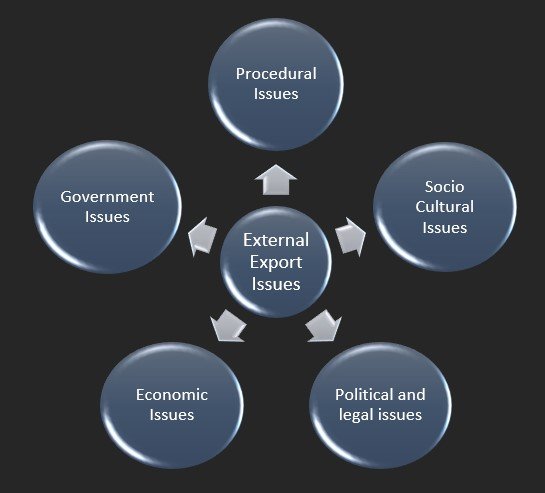Similar Posts
Export Related Authorities & Institutions
Sri Lanka Customs Sri Lanka Customs is one of the oldest government departments in Sri Lanka which is responsible for collection of revenues and enforcement laws. The Customs are created to control and command the trade with other countries. Customs guide to maintain stable economy from the influence of foreign movements to keep safe of…
Export and Exportable products in the Sri Lanka
As a developing country, Sri Lanka must have a more concentrated strategies and effort to promote and develop its Exports sector in order to achieve economic growth in the country. Thus, primarily we have to identify about what are the products which already contributing and which can be contributed to reach the high economic growth….
Benefits From the Export
Benefits for the Exporter Access to additional clients and companies. If you exclusively conduct business here, you might be limiting the overall amount of money you could make from opportunities to grow your company internationally. Expanding market options so that exporters may continue to have other expanding markets for their products and services even if…
What are the Available Options for Exporters to Finance?
A number of options are available to finance the fund requirements which have focused on the exporters who face difficulties in financing the required fund. 1. SDB Samupa Saviya A financial assistance to aid in any import/export of items by the cooperation/society, these bullet loans can be obtained based on the capacity of each society…
Trade Documents
The documents required to the readily available export process can be categorized into 4 main tasks. Documents related to Transport, documents related to customs, documents related to insurance, and required documents. For a clear simple picture on this, you may refer following diagram. Transport Documents These documents consists of that the exporting or importing goods…
Barriers in Export Industry and How to Overcome Those Challenge
Sanctions on trade and the economy Select a market that is not impacted by economic sanctions and export a different range of goods and services exempt from trade restrictions if it seems that sanctions may be eased, postpone entering the market. limits on export Choose an alternate market with whom to conduct business and develop…


